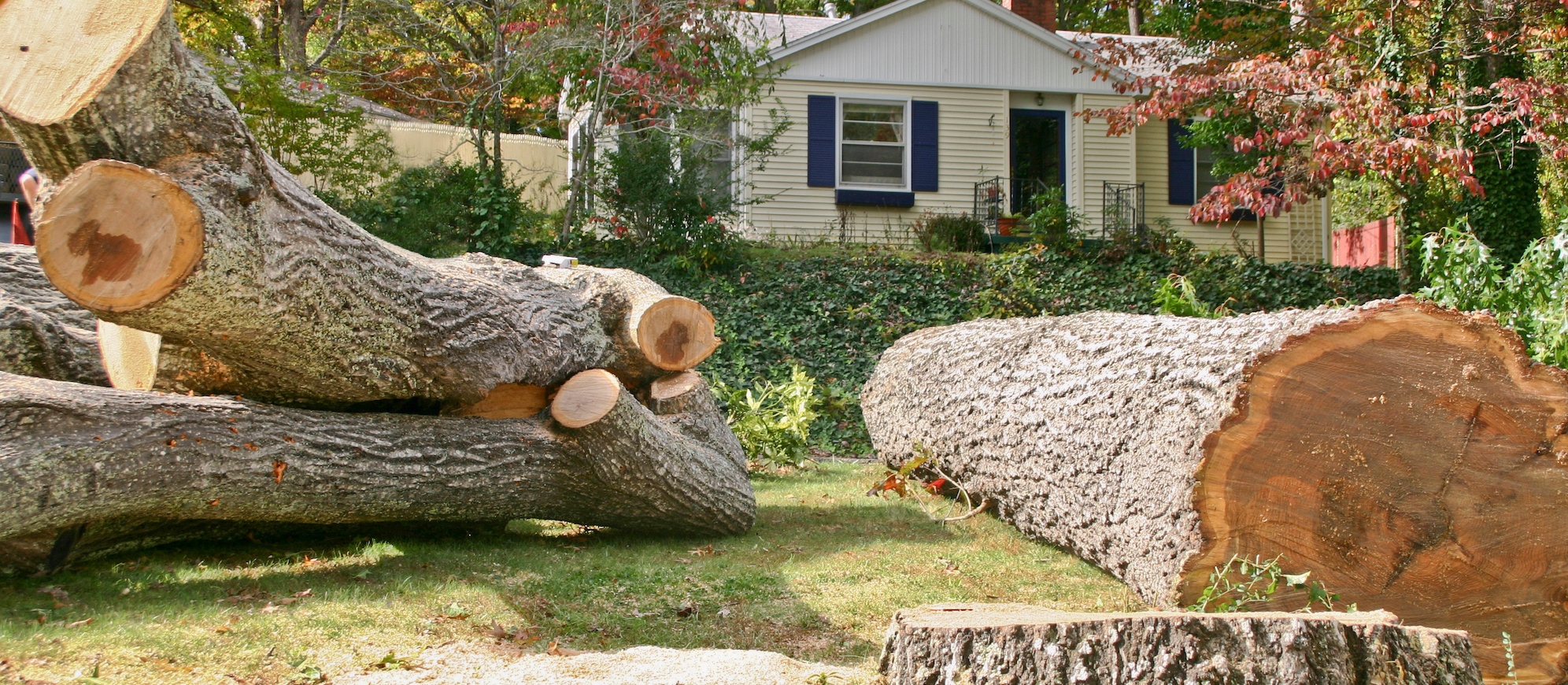Comprehending Arbor Condition: Tips from Expert Forestry Experts
Trees are not just a gorgeous addition to our scenery; they play a crucial role in our environmental system and the overall health of our habitat. Yet, maintaining tree health requires expertise, accuracy, and a deep understanding of plant science and ecology, which is where licensed arborists come into play. These trained professionals possess the wisdom and tools necessary to diagnose tree issues, provide appropriate care, and ensure the well-being of both trees and the individuals who work with them.
In today's piece, we will delve into the world of arborists and explore their critical role in tree care. From understanding the value of hiring a certified arborist to recognizing the indicators that a tree may need professional attention, we will cover a broad range of topics that showcase the principles, techniques, and practices that keep our trees robust and thriving. Whether you are a homeowner looking to enhance your property or simply inquiring about tree care, guidance from certified arborists can help you navigate the complexities of tree maintenance and support eco-friendly growth in our neighborhoods.
The Importance of Licensed Arborists
Employing a certified arborist is essential for maintaining the well-being and strength of your trees. Qualified arborists possess in-depth knowledge of tree biology, disease control, and proper care techniques. Their training provides them with the skills needed to accurately assess tree health, diagnose diseases, and recommend appropriate treatments. This knowledge is particularly important in urban settings where trees face numerous challenges, such as pollution, compressed soil, and limited growing space.

Moreover, licensed arborists keep informed on the current industry standards and practices. They comprehend the necessity of using the appropriate tools and techniques for tasks like trimming, cabling, and tree removal. By hiring a professional, you not just get access to this specialized knowledge but also guarantee that your trees are managed in a way that minimizes risks and enhances their complete visual and ecological value. The effect a qualified arborist can make is often evident in the well-being of your trees.
Lastly, working with a qualified arborist can help you save you time and money in the long run. Their accurate assessments can avoid costly mistakes that often happen from DIY attempts or employing unqualified contractors. With their emphasis on tree health, they can spot potential problems before they escalate, allowing for swift interventions. Ultimately, opting for a qualified arborist is an contribution in the longevity and aesthetics of your landscape.
Critical Tree Maintenance Practices
Ensuring tree health requires a preventive approach that includes regular inspections and timely interventions. Qualified arborists suggest an annual assessment to identify potential issues early, such as disease or pest infestations. By recognizing the signs of tree stress, such as yellowed leaves or unusual growth patterns, arborists can provide targeted treatments that secure trees stay robust and thriving throughout the seasons.
Pruning is another essential practice in tree care, as it not only improves the tree's aesthetic appeal but also promotes its overall health. Arborists emphasize the importance of timing and technique when trimming. Appropriate pruning methods can help to take away dead or diseased branches, allowing for better air circulation and sunlight penetration. Knowing when to prune is essential; for many trees, the end of winter or early spring is ideal before new growth starts.
Additionally, soil health is vital for tree vitality. Arborists often advise on proper mulching techniques, which can help keep moisture, control weeds, and regulate soil temperature. They understand the intricacies of tree root systems and suggest practices that minimize soil compaction and encourage healthy root development. By adopting these essential care practices, property owners can cultivate strong and resilient trees that positively impact the environment and boost property value.
Tree Health and Management Techniques
Sustaining tree health requires grasping the particular needs and conditions impact trees in both urban and countryside settings. One of the primary strategies is regular monitoring of tree health through inspections by certified arborists. These professionals assess multiple elements such as soil quality, leaf health, and overall structure to identify any emerging issues. By actively addressing concerns like nutrient deficiencies or pest infestations, arborists can assist sustain the vitality of trees and support their longevity.
Cutting back is a further crucial management strategy employed by arborists to encourage healthy growth. https://taurusresult32.bravejournal.net/investigating-tree-management-an-area-full-of-possibilities involves removing dead or diseased branches and clearing out crowded areas to enhance light penetration and air circulation. Understanding the proper timing and techniques for pruning is vital, as each tree species has varied requirements. Professional arborists apply their knowledge of tree biology to ensure pruning improves the tree's health rather than causing harm, eventually fostering a robust and well-formed canopy.
Moreover, arborists emphasize the importance of proper tree planting and mulching techniques. These practices not only enhance the visual value of landscapes but also greatly add considerably to the health and stability of trees. Arborists advise on choosing appropriate tree species for particular environments, ensuring that young trees receive adequate care as they establish. Integrating these management strategies creates a long-lasting approach to tree care, promoting resilience against disease, pests, and environmental stressors.